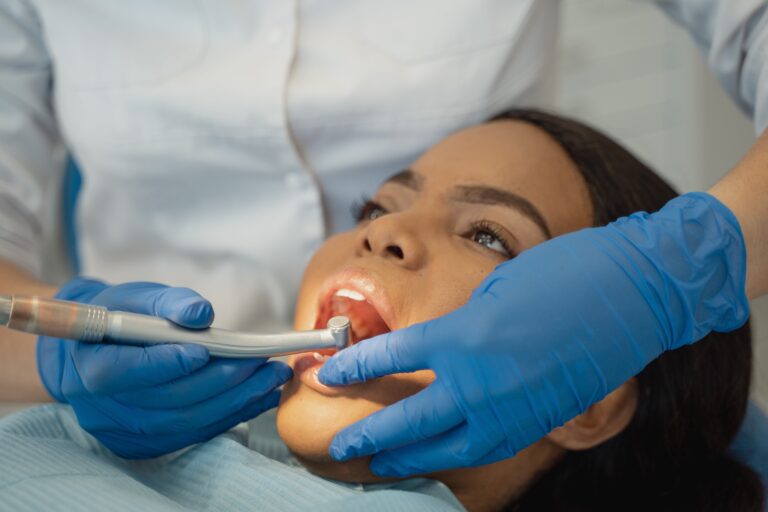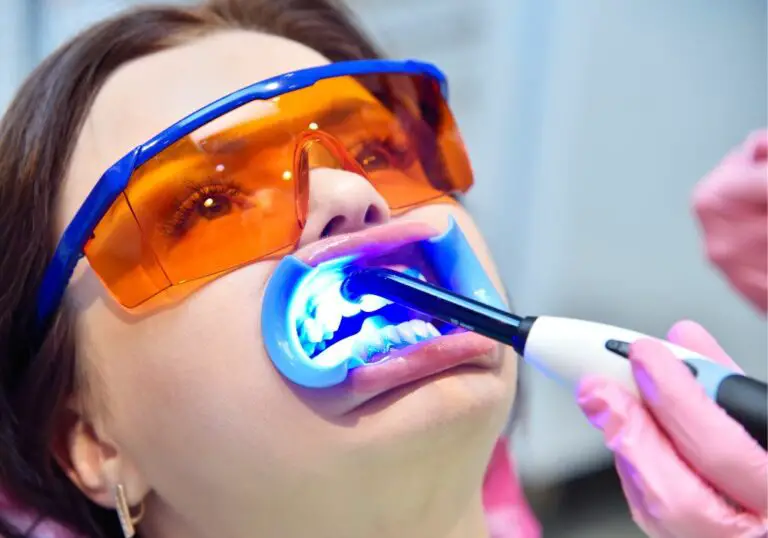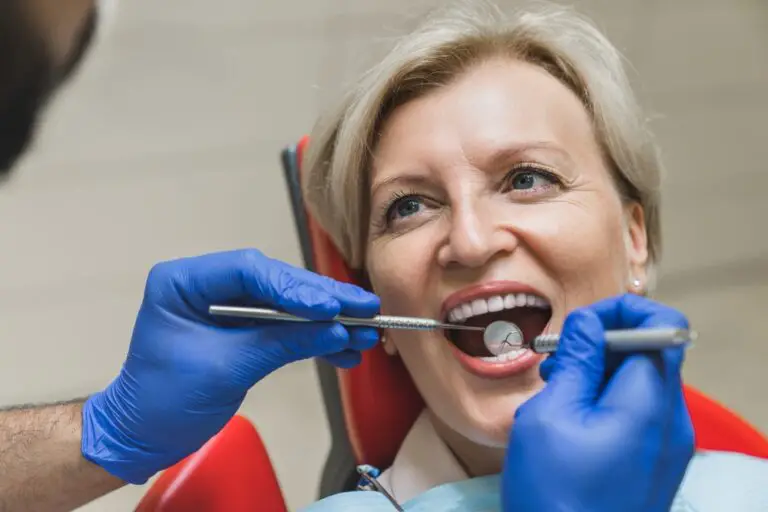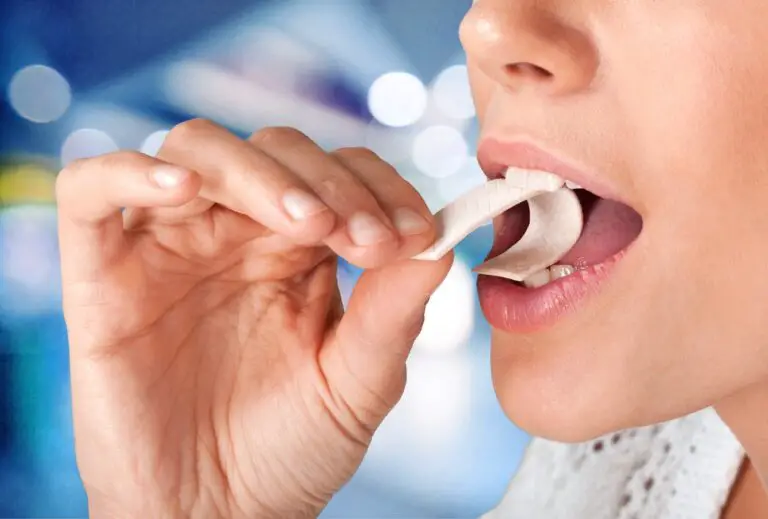Have you ever wondered what exactly teeth are made of? Teeth are an important part of our body and play a crucial role in our day-to-day life. They help us chew and grind our food, and allow us to speak and smile. But what are teeth made of? Teeth are made up of three main parts: the enamel, dentin, and pulp.
Enamel is the outermost layer of the tooth and is the hardest substance in the human body. It is a thin, translucent layer that covers the crown of the tooth and helps protect it from damage. Dentin is the layer of the tooth that lies beneath the enamel. It is a hard, yellowish tissue that contains microscopic tubes. When the enamel is damaged, heat or cold can enter the tooth through these paths and cause sensitivity. The pulp is the innermost layer of the tooth and is made up of nerves, blood vessels, and connective tissue. It is the living part of the tooth and is responsible for keeping it healthy and nourished.
Understanding the three parts of a tooth is important for maintaining good oral health. Regular brushing and flossing can help keep the enamel clean and strong, while avoiding sugary and acidic foods can help prevent damage to the enamel and dentin. If you experience sensitivity or pain in your teeth, it may be a sign of damage to the enamel or dentin, and you should consult with a dentist to prevent further damage.
What are Teeth?
Teeth are hard, white structures found in the mouth of humans and many animals. They are used for biting, chewing, and grinding food, as well as for speech and other functions. Teeth are composed of three main parts: the crown, the root, and the periodontium.
Crown
The crown is the visible part of the tooth that is above the gum line. It is covered by a hard, white substance called enamel, which is the hardest substance in the human body. The crown is shaped differently depending on the type of tooth, with incisors being flat and chisel-shaped for cutting, canines being pointed for tearing, and molars having a large, flat surface for grinding.
Root
The root is the part of the tooth that is below the gum line and is anchored in the jawbone by a network of fibers called the periodontal ligament. The root is covered by a thin layer of cementum, which helps to hold the tooth in place. Inside the root is a soft tissue called the pulp, which contains nerves and blood vessels that supply the tooth with nutrients and sensation.
Periodontium
The periodontium is the supporting structure of the tooth, consisting of the periodontal ligament, the cementum, and the alveolar bone. The periodontal ligament attaches the tooth to the bone and allows for slight movement, which helps to absorb the forces of biting and chewing. The cementum covers the root and helps to anchor the tooth in place. The alveolar bone is the bone that surrounds and supports the teeth in the jaw.
In summary, teeth are complex structures that are essential for many functions in the body. Understanding the different parts of a tooth can help you take better care of your teeth and maintain good oral health.
Enamel
Enamel is the outermost layer of your teeth and is the hardest substance in your body. It is a translucent, white, and shiny material that covers the crown of your teeth, which is the visible part of your teeth above the gum line. Enamel is essential for protecting your teeth from decay and damage, as well as providing a smooth surface for chewing and biting.
Role of Enamel
The primary function of enamel is to protect your teeth from damage caused by chewing, grinding, and biting. It acts as a barrier to prevent harmful bacteria and acids from reaching the sensitive inner layers of your teeth, such as dentin and pulp. Enamel also helps to maintain the shape and size of your teeth, which is important for proper alignment and bite.
Composition of Enamel
Enamel is mostly made up of minerals, primarily hydroxyapatite, which is a type of crystalline calcium phosphate. It also contains small amounts of organic material, such as proteins and lipids. The high mineral content of enamel makes it incredibly hard and durable, but also brittle and susceptible to cracking or chipping under pressure.
Here is a table summarizing the composition of enamel:
| Component | Percentage |
|---|---|
| Hydroxyapatite | 96% |
| Water | 1-2% |
| Organic Material | 1-2% |
| Fluoride | Trace amounts |
Fluoride is an essential mineral that helps to strengthen enamel and protect against decay. It is often added to toothpaste and drinking water to promote healthy teeth and prevent cavities.
In summary, enamel is the hard, outer layer of your teeth that protects them from damage and decay. It is primarily composed of minerals, with small amounts of organic material and fluoride. Maintaining good oral hygiene and consuming a healthy diet can help to keep your enamel strong and healthy.
Dentin
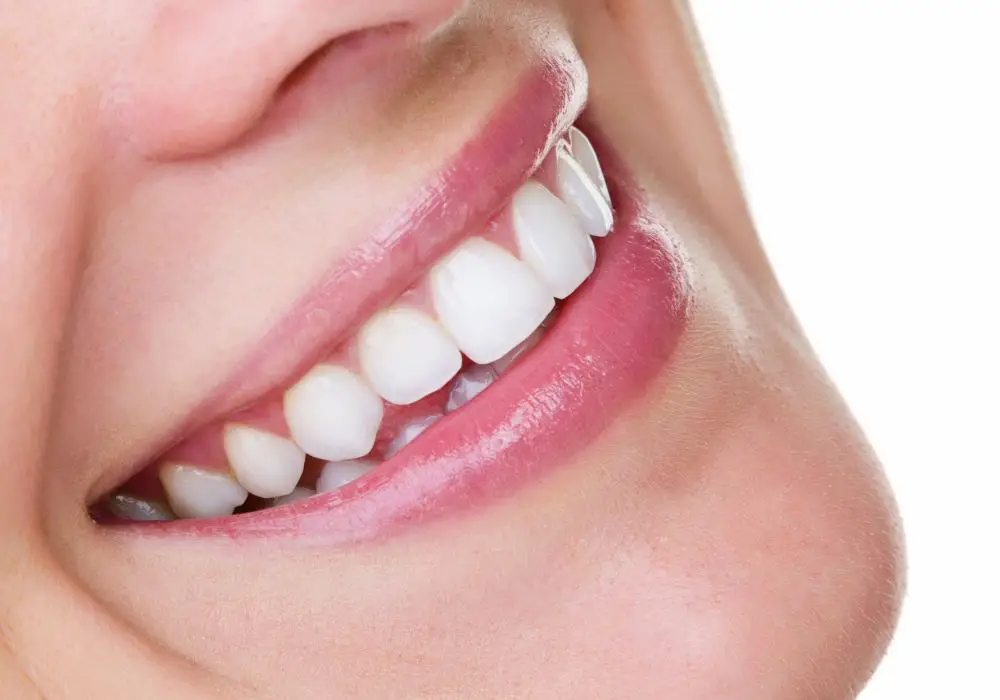
Dentin is one of the three main parts of a tooth, along with enamel and pulp. It is a hard, calcified tissue that makes up the bulk of the tooth and is located beneath the enamel and cementum. Dentin is yellowish in color and is softer than enamel, but harder than bone. It consists mainly of apatite crystals of calcium and phosphate.
Function of Dentin
The function of dentin is to provide support and protection to the tooth. It is responsible for transmitting the forces of chewing from the enamel to the pulp. Dentin also helps to insulate the pulp from temperature changes and chemical irritants.
Structure of Dentin
Dentin is made up of microscopic tubes called dentinal tubules, which are filled with fluid. These tubules run from the pulp to the outer layer of the tooth and are surrounded by a mineralized matrix. The dentinal tubules contain processes of odontoblasts, which are specialized cells that produce dentin.
The structure of dentin can be divided into three main layers: the mantle dentin, the circumpulpal dentin, and the intertubular dentin. The mantle dentin is the outermost layer of dentin and is formed first during tooth development. The circumpulpal dentin is located around the pulp and is the thickest layer of dentin. The intertubular dentin is the dentin that lies between the dentinal tubules.
In conclusion, dentin is an important part of a tooth that provides support and protection. Its structure is complex and consists of microscopic tubules filled with fluid. Dentin is softer than enamel, but harder than bone, and is responsible for transmitting the forces of chewing from the enamel to the pulp.
Pulp
Teeth are made up of three main parts: the enamel, dentin, and pulp. The pulp is the innermost part of the tooth that contains the nerves, blood vessels, and connective tissues.
Importance of Pulp
The pulp is an essential part of the tooth as it helps to nourish and support the dentin, which in turn supports the enamel. It is responsible for the formation of dentin and produces proteins that keep the dentin healthy.
The pulp also plays a crucial role in sensing temperature and pressure changes in the tooth. It helps to detect pain and alert you when something is wrong with your tooth.
Anatomy of Pulp
The pulp is located in the center of the tooth and is surrounded by dentin. It is composed of a central pulp chamber, pulp horns, and radicular canals. The pulp chamber is the largest part of the pulp and mimics the shape of the tooth’s crown.
The pulp horns are extensions of the pulp chamber that reach into the cusps of the tooth. The radicular canals are located in the roots of the tooth and connect the pulp chamber to the periodontal ligament.
The pulp is made up of different types of cells, including fibroblasts, odontoblasts, and immune cells. Fibroblasts produce the extracellular matrix, while odontoblasts produce dentin. Immune cells help to protect the pulp from infection and inflammation.
In conclusion, the pulp is a vital part of the tooth that plays a crucial role in supporting and nourishing the dentin and alerting you when something is wrong with your tooth.
Tooth Development
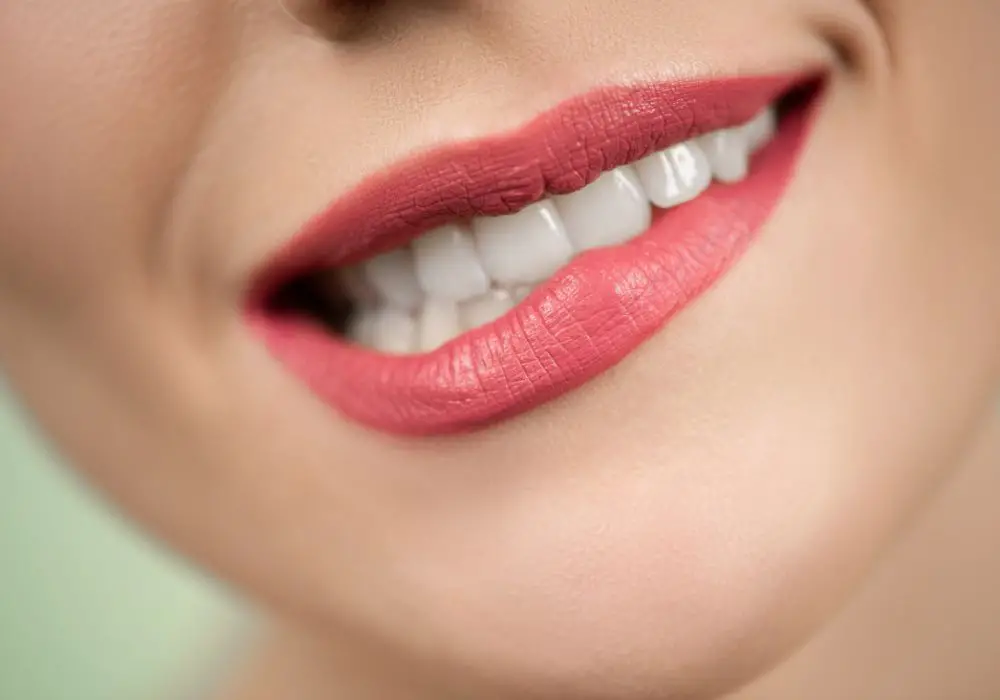
As you may know, teeth are an essential part of the human body that help us chew and break down food. But have you ever wondered how teeth develop? In this section, we’ll take a closer look at the stages of tooth development.
Tooth development begins in the unborn baby at around 6 weeks of pregnancy. At this stage, the basic substance of the tooth forms. Over the next few months, hard tissue that surrounds the teeth begins to form. This is when the tooth bud begins to develop into a tooth germ.
The tooth germ is made up of several parts, including the enamel organ, dental papilla, and dental follicle. The enamel organ is responsible for forming the enamel, which is the hard outer layer of the tooth. The dental papilla develops into the dentin, which is the softer layer of the tooth. The dental follicle surrounds the developing tooth and gives rise to the periodontal ligament, which connects the tooth to the jawbone.
As the tooth continues to develop, it goes through several stages. These stages include the bud stage, cap stage, bell stage, and crown stage. During the bud stage, cells known as dental epithelium bud from a thick band of cells called the dental lamina. These cells eventually evolve to form the tooth germ, which is made up of all the soft tissues necessary to grow a tooth.
During the cap stage, the enamel organ grows and covers the dental papilla. This is when the tooth begins to take shape. In the bell stage, the tooth germ begins to resemble a bell shape, with the enamel organ forming the outer layer and the dental papilla forming the inner layer.
Finally, during the crown stage, the tooth continues to grow and develop until it reaches its final shape. The enamel hardens and the tooth erupts through the gums.
In summary, tooth development is a complex process that involves several stages and different parts of the tooth germ. Understanding the stages of tooth development can help you appreciate the importance of taking care of your teeth from an early age.
Oral Health and Teeth
Taking care of your teeth is an essential part of maintaining good oral health. Here are some tips to help you keep your teeth healthy:
Brushing
Brush your teeth at least twice a day, preferably after meals. Use a fluoride toothpaste and a soft-bristled toothbrush. Brush for at least two minutes, making sure to reach all surfaces of your teeth and gums. Don’t forget to brush your tongue as well to remove bacteria and freshen your breath.
Flossing
Flossing is an important part of oral hygiene that many people overlook. Floss at least once a day to remove plaque and food particles from between your teeth. Use a gentle back-and-forth motion and be careful not to snap the floss against your gums.
Eating a Healthy Diet
A healthy diet is essential for good oral health. Avoid sugary and acidic foods and drinks, as they can erode your tooth enamel and lead to cavities. Instead, eat a balanced diet that includes plenty of fruits and vegetables, lean protein, and whole grains.
Regular Dental Checkups
Visit your dentist regularly for checkups and cleanings. Your dentist can detect and treat oral health problems early, before they become more serious. They can also provide advice on how to take care of your teeth and gums at home.
The Three Parts of Teeth
Teeth have three main parts: the crown, the root, and the pulp. The crown is the visible part of the tooth above the gumline. It is covered by enamel, the hardest substance in the body. The root is the part of the tooth that is embedded in the jawbone. It anchors the tooth in place and is covered by a layer of cementum. The pulp is the soft tissue inside the tooth that contains blood vessels and nerves.
By taking care of your teeth and gums, you can maintain good oral health and prevent dental problems. Remember to brush and floss regularly, eat a healthy diet, and visit your dentist for checkups and cleanings.

Frequently Asked Questions
What are the three main components of a tooth?
Every tooth has three main components: the crown, the root, and the pulp. The crown is the visible part of the tooth that we can see above the gum line. The root is the part of the tooth that is below the gum line and anchors the tooth in place. The pulp is the soft tissue inside the tooth that contains nerves and blood vessels.
What are the different parts of a molar tooth?
The different parts of a molar tooth are the crown, the roots, the enamel, the dentin, and the pulp. The crown is the top part of the tooth that is visible above the gum line. The roots are the parts of the tooth that are below the gum line and anchor the tooth in place. The enamel is the hard, outer layer of the tooth that protects it from decay. The dentin is the softer layer beneath the enamel that makes up most of the tooth. The pulp is the soft tissue inside the tooth that contains nerves and blood vessels.
Can you name the three parts of a canine tooth?
Yes, the three parts of a canine tooth are the crown, the root, and the pulp. The crown is the visible part of the tooth above the gum line. The root is the part of the tooth that is below the gum line and anchors the tooth in place. The pulp is the soft tissue inside the tooth that contains nerves and blood vessels.
What are the functions of the different types of teeth?
There are four different types of teeth: incisors, canines, premolars, and molars. Incisors are used for biting and cutting food. Canines are used for tearing and ripping food. Premolars are used for grinding and crushing food. Molars are used for grinding and crushing food.
What is the anatomy of a tooth?
The anatomy of a tooth includes the crown, the root, the enamel, the dentin, and the pulp. The crown is the visible part of the tooth above the gum line. The root is the part of the tooth that is below the gum line and anchors the tooth in place. The enamel is the hard, outer layer of the tooth that protects it from decay. The dentin is the softer layer beneath the enamel that makes up most of the tooth. The pulp is the soft tissue inside the tooth that contains nerves and blood vessels.
What are the three main sizes of teeth?
The three main sizes of teeth are incisors, canines, and molars. Incisors are the smallest teeth in your mouth and are used for biting and cutting food. Canines are longer and sharper than incisors and are used for tearing and ripping food. Molars are the largest teeth in your mouth and are used for grinding and crushing food.

